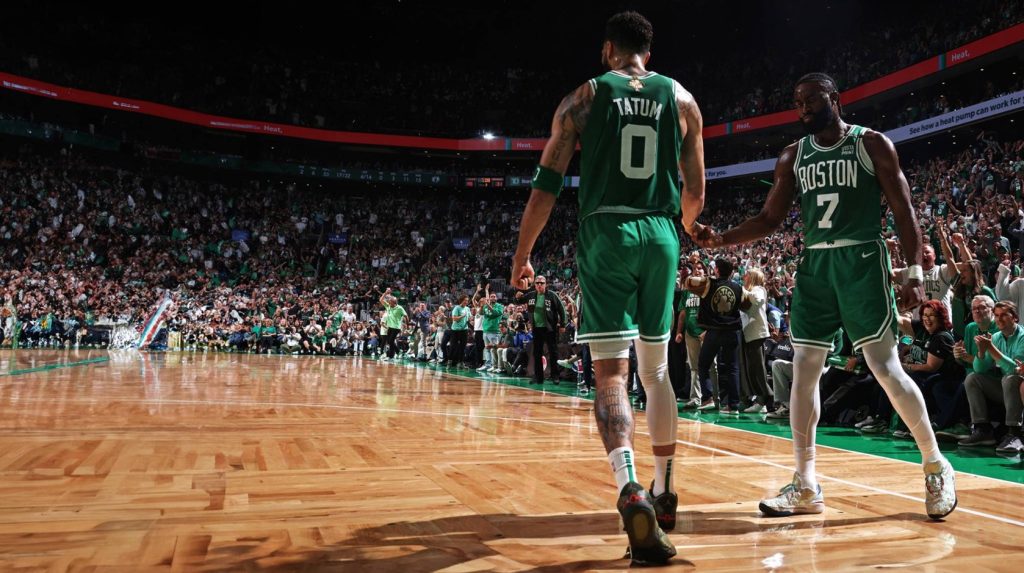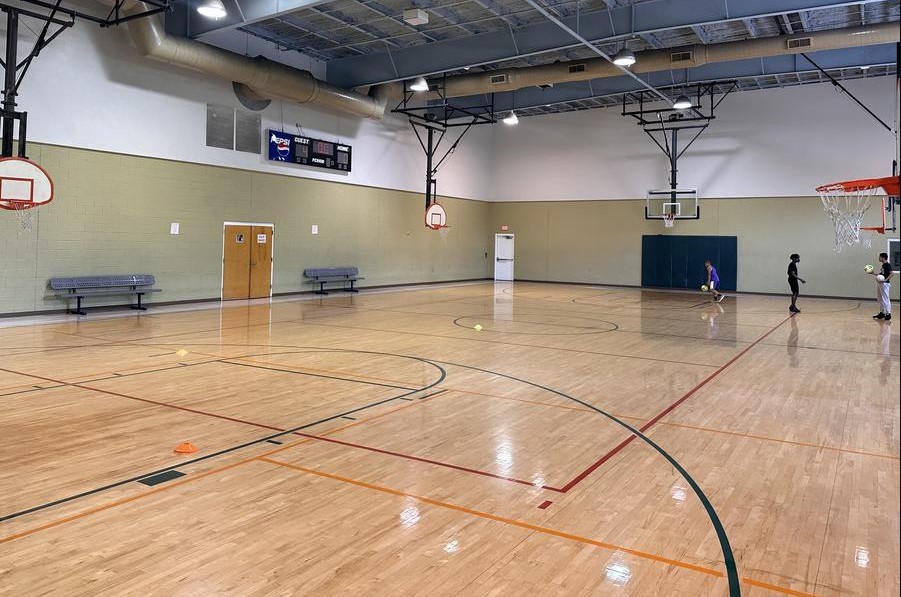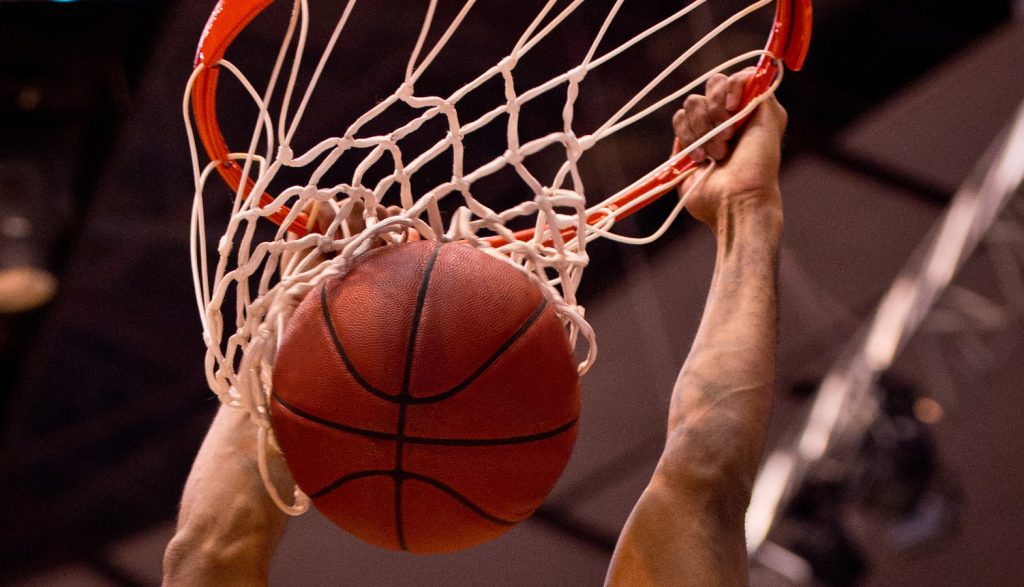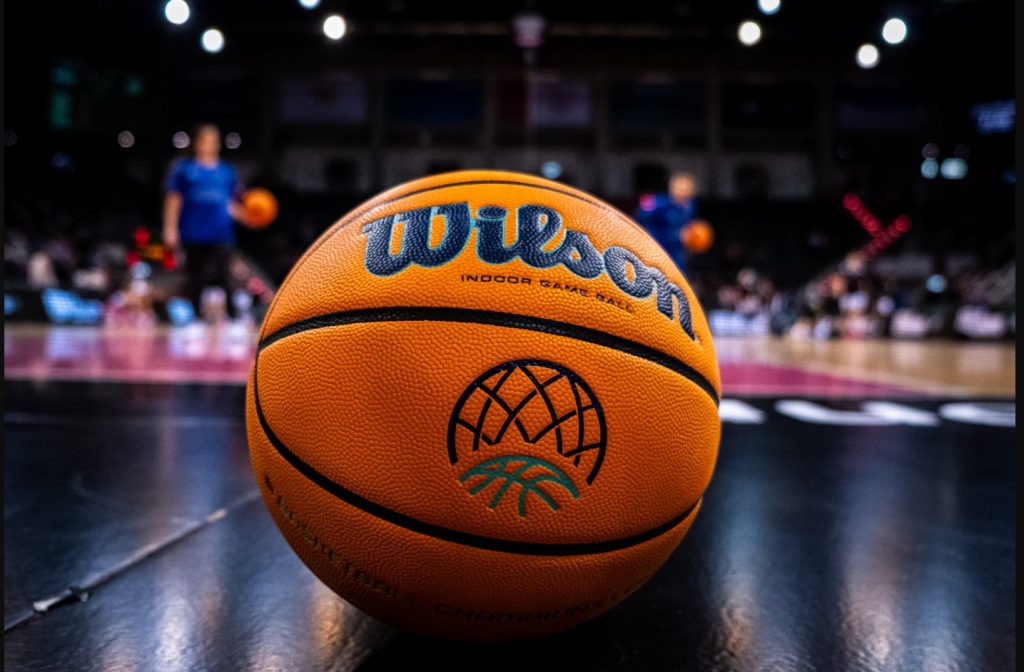What Is a Jump Ball in Basketball? Understanding the Rule 2025
In basketball, a jump ball is a method used to begin or resume play under specific circumstances. It is one of the most symbolic moments in the game—used at the very tip-off and occasionally during disputes over possession. But beyond the dramatic leap and tip, the jump ball rule has specific technical implications and varies slightly depending on the level of play (NBA, FIBA, NCAA, etc.).

Crazy Time: Table of Contents
This article breaks down what a jump ball is, when it’s used, how it works, and what strategies are involved. We’ll also explore variations in different leagues and clarify some commonly misunderstood aspects of the rule.
Definition of a Jump Ball
- At the start of the game
- In situations of simultaneous possession
- For certain held ball situations (depending on the ruleset)
Historical Context
In the early days of basketball, a jump ball was used after every made basket, which significantly slowed down the game. Today, the jump ball is much more limited in its use, with many leagues opting for alternating possession rules instead.
Situations When a Jump Ball Is Used

Common Scenarios Leading to a Jump Ball
| Scenario | Description |
|---|---|
| Game Start | Jump ball used at center circle to begin play |
| Held Ball | Two players from opposing teams gain possession simultaneously |
| Simultaneous Out-of-Bounds | When it’s unclear who touched the ball last before it went out |
| Double Foul During a Rebound | If both players commit fouls at the same time and the ball is not controlled |
| Dead Ball with Equal Rights | When both teams have equal claim and no other rule provides resolution |
Kaisi Time: How the Jump Ball Works
- Two opposing players (usually centers or tallest players) face each other in the center circle.
- The referee stands between them and tosses the ball vertically into the air.
- Both players jump simultaneously and try to tap the ball to a teammate.
- No grabbing, catching, or tipping twice is allowed before the ball touches another player or the floor.
- The game clock starts when the ball is touched.
Violations During a Jump Ball
Players must follow strict rules during a jump ball. Any infraction results in a violation and possession is awarded to the other team.
Jump Ball Violations
| Violation Type | Description | Consequence |
|---|---|---|
| Tapping ball before it reaches apex | A jumper cannot tip the ball before it reaches peak height | Opponent gains possession |
| Catching the ball | The jumper may not catch or grab the ball directly | Opponent gains possession |
| Stepping into the circle early | Non-jumpers cannot enter the circle before the ball is tipped | Technical violation or reset |
| Tapping ball more than once | A jumper can only make one attempt to tip the ball | Possession awarded to opponent |
Referee Tip: The toss must be straight and high enough to give both players a fair chance to jump and tip the ball.
Jump Ball vs. Alternating Possession
Not all leagues use the jump ball beyond the opening tip. Many use alternating possession to resolve tie-ups and held ball situations after the tip-off.
Jump Ball vs. Alternating Possession Rules

| League/Level | Game Start | Held Ball Rule |
|---|---|---|
| NBA | Jump ball | Jump ball for each held ball |
| FIBA (International) | Jump ball | Alternating possession afterward |
| NCAA (Men’s) | Jump ball | Alternating possession |
| NCAA (Women’s) | Jump ball | Alternating possession |
| High School (U.S.) | Jump ball | Alternating possession |
Key Difference:
In the NBA, held balls result in more jump balls.
In FIBA, NCAA, and high schools, the team with the possession arrow gets the ball instead.
Jump Ball Strategy
Though brief, jump balls can impact momentum and lead to fast breaks if handled smartly.
Tips for Jump Ball Success:
- Anticipate Direction: Jumpers should communicate with teammates to pre-plan where to tip the ball.
- Box Out: Non-jumpers must be ready to box out opponents and secure the tipped ball.
- Quick Reaction: Teams should prepare for fast transition if they gain possession.
- Know Opponent’s Tendencies: Some centers consistently tip to the same direction.
Positional Responsibilities in Jump Ball
| Position | Role During Jump Ball |
|---|---|
| Jumper (Usually Center) | Times the jump, tips to desired teammate |
| Guard/Forward | Anticipates tip, secures ball, initiates offense |
| Coach | May assign specific direction or play off the tip |
Kg Time: Special Situations Involving Jump Balls

1. Jump Ball Toss Is Poor
If the toss is not straight or doesn’t reach a fair height, the referee may call for a re-jump.
2. Simultaneous Violation
If both teams commit violations during the jump ball, it may result in a re-jump or possession based on alternating rules.
3. Injury on Jump
If a player gets injured during a jump ball, the referee can stop play immediately and resume using possession rules.
Possession Arrow Explained
In leagues that use alternating possession instead of repeated jump balls, the possession arrow keeps track of who gets the next inbound.
Possession Arrow Rule Summary
| Action | Resulting Possession |
|---|---|
| First jump ball won by Team A | Arrow points to Team B |
| Next held ball | Team B gets possession |
| Following held ball | Arrow switches to Team A |
Common Misconceptions
| Myth | Reality |
|---|---|
| “Every held ball results in a jump ball” | Only in leagues like the NBA; others use possession arrows |
| “You can catch the tip-off ball” | No, it must be tapped to a teammate or hit the floor first |
| “Only centers take the jump ball” | Usually, yes—but any player can be designated to jump |
| “Referees always make a perfect toss” | Not always; a bad toss can be called back and redone |
Why Understanding Jump Ball Rules Matters

Knowing the jump ball rule helps players:
- Avoid violations and turnovers
- Position strategically during opening plays
- Respond correctly during held-ball disputes
- Maximize opportunities from tip-offs in crucial moments
The jump ball, though simple in appearance, plays a pivotal role in the flow and fairness of basketball. Whether it’s launching a game into action or resolving a tie-up between fierce competitors, the jump ball brings energy, strategy, and skill into play.
Understanding the rule—not just in theory but in its real-time applications—gives players and teams a competitive edge. It’s one of basketball’s most iconic and fundamental mechanics that connects the game’s past with its fast-paced present.







